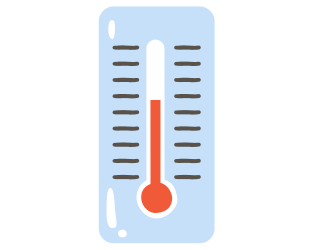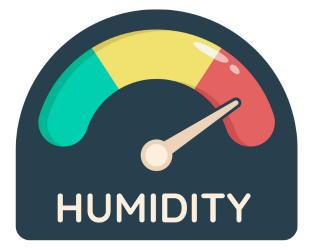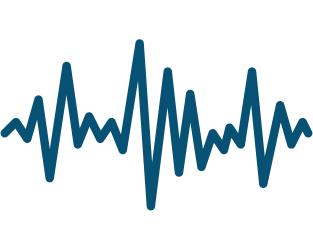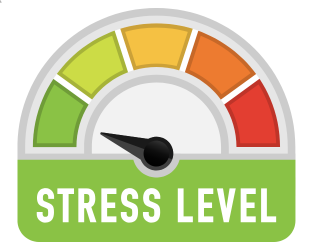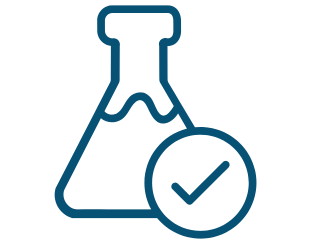1. Regulatory Compliance: This confirms the adherence of the law to environmental standards such as ISO 14001, CPCB (India), and EPA (USA).
2. Public Health Protection: Air, water, and soil are clean from harmful substances.
3. Sustainable Practices: Responsible resource utilization is promoted.
4. Pollution Control: Pollution sources are identified, and corrective measures are taken immediately.
1. Industries and Manufacturers: These companies should follow emission and effluent standards; otherwise, they need permission from authorities since they violate environmental laws.
2. Construction Companies: These companies are monitored the most because they frequently cause pollution.
3. Municipal Authorities: The first air quality measurement, the estimation of drinking water, is an example of the groundwork that can be done in the local environment.
4. Agricultural Sector: The basic activities such as soil and water testing can be addressed within this scope.



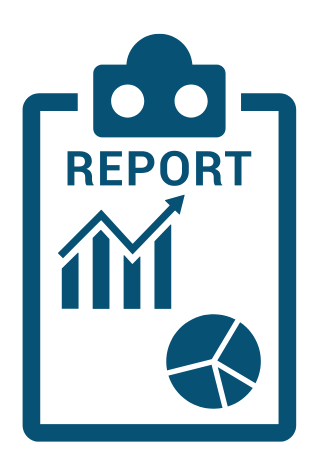
Getting to the heart of a customer's environmental situation and defining the proper standards (e.g., IS 10500 for water quality, ISO 14001) will be done at a consultation.
Despite the subject being quarantined, the sampling crew will take samples of air, water, soil, or effluent from the standard points according to the undoubtedly strict protocols there.
Input from the spectrophotometer is quite diverse, such as the following:
Supporting evidence of the conducted tests and the current compliance standing, as well as providing strategic recommendations for actions, will be included in the very comprehensive test report.
